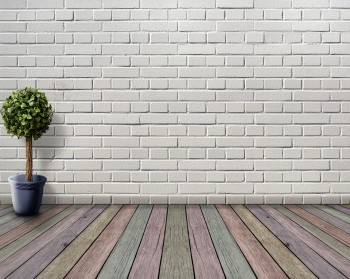What is Swedish Death Cleaning, and How is it Related to Funerals?
Death is such a reverent and painful subject that it is rare to find the term applied to anything except the end of a life. It is a topic we discuss when a loved becomes very sick, when we are writing out a will, or when we are faced with the sudden loss of a friend or family member. Rarely does the subject of death come up when we talk about cleaning the house.
However, a new trend in home organization has added Swedish Death Cleaning into the popular culture. This phrase, which is based on the laborious process of cleaning out a house after someone has died, is actually designed for the living—not the dead.
How Swedish Death Cleaning Works
The basic idea behind Swedish Death Cleaning (or döstädning, as it is referred to in the book that popularized the trend) is that you want to make things as easy as possible for your family after you die. Over your lifetime, you accumulate quite a few possessions—some of them valuable, some of them only worth the weight of your memories, and others simply kept because you have not gotten around to clearing them out yet. By doing the cleaning and sorting long before you die, you not only reduce the burden your family will have when going through your belongings, but you also take stock of your own life and what you value most.
To get started with Swedish Death Cleaning, it is recommended that you choose one room (such as your closet or the kitchen) and determine what items you need, what items you want, and what items can be given away as gifts, donated, or sold. Like most organizational processes, it is all about getting rid of those things that do not bring you joy or have a function in your day-to-day life.
It is also partly about sorting through your own memories. Because Swedish Death Cleaning is recommended for people aged 65 and up, the idea is to enjoy the memories that so many of your belongings bring to mind—and then get rid of them so you can continue making new memories in this last stage of your life.
Pre-Funeral Cleaning
If the idea of throwing away your belongings is painful, remember that it is something your family will someday have to do anyway. As much as you may value that stack of old newspapers or the sweaters you hand-knit when you were in your teens, chances are that your family will end up tossing these things out or donating them. All you are doing is freeing up the space ahead of time and reducing the eventual burden on those you love—especially since they will most likely be suffering from grief and shock at the time.
You can also use Swedish Death Cleaning as a way to include your family in your memories. By inviting them to share in the cleaning process, you can recall stories about certain objects so that the memories live on. Sharing this task also means that your loved ones can tell you what they value and would like to someday have—regardless of whether you gift it to them right away or plan to leave it to them in your will.
Please share your thoughts on this article
Related articles
Grieving an Estranged Family Member
There is no denying that grief is a personal, difficult journey, and that no two people approach it the same way. The loss of a beloved parent or the death of a dear friend is likely to hit you hard, and you won’t know how you will cope until i... more »
Are Funeral Expenses Deductible on My Taxes?
The unexpected funeral costs that arise after a death often put a strain on family finances. With a total price tag anywhere from a few thousand dollars to over ten thousand dollars, paying for a funeral out of pocket is like asking a family to buy a... more »
Choosing the Right Crematorium
If you or a loved one has decided to be cremated rather than buried, it’s important to remember that just as much effort should go into choosing a reputable crematorium as it does for choosing a good funeral home.
Although the majority of cremat... more »




